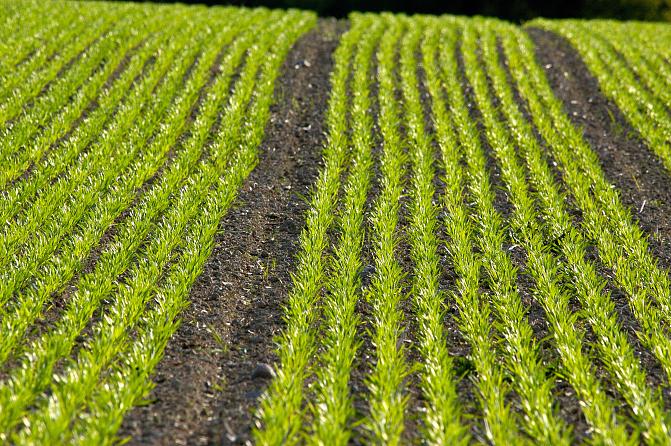
Farmland birds
On this page
The farmland bird index has decreased throughout the monitoring period starting from 1979. Bird populations in field environments have decreased during the monitoring period, but there are differences between species. The steepest decline took place in the 1980s while the index has been relatively stable after that. In the past ten years, the index has no longer declined significantly, but there is an annual variation. Decline of the index was affected by fall of population of some bird species.
Some indicator species nest and eat in field areas. Some species are edge species that stay in edge and ditch areas, protected against the direct impact of agriculture. However, agriculture has indirect impact, for example, through the availability of nutrition (e.g. pesticides).
Structural changes in agriculture and the significant decrease in cattle volumes have reduced the number of pastures, grasslands and fallows, which has an impact on the living conditions of birds (nesting and eating environments) and the amount of nutrition as the number of insect decreases.
Allow functional cookies to show the embedded graph.
Data collection
Description of the indicator
The bird population index represents changes in agricultural environments and their ecological state.
The farmland bird indicator consists of the population development indices of 14 species, 13 species from 2024 onwards, starting from 1979. On the basis of the bird population index, status indicators can be defined for agricultural environments. These combine the long-term development of the population of all species appearing in specific living environments. As a result, it is possible to identify how different species survive in specific environments. The initial index level is the year 2000.
The line transect census is the key method. These types of censuses have been taken since 2006 at intervals of 25 km over a standard route network covering the whole of Finland. There are a total of 565 routes of 6 km. Annually, roughly half of them are covered. The census covers the corn crake, the northern lapwing, the Eurasian curlew, the Eurasian skylark, the barn swallow, the common house martin, the meadow pipit, the whinchat, the common whitethroat, the western jackdaw, the common starling, the Eurasian tree sparrow and the ortolan bunting. The fieldfare has been excluded from 2024 onwards.
The Finnish Museum of Natural History of the University of Helsinki monitors the bird populations and produces the index.
This indicator is one of the CAP impact indicators.
The next indicator updating will be in the autumn 2026.